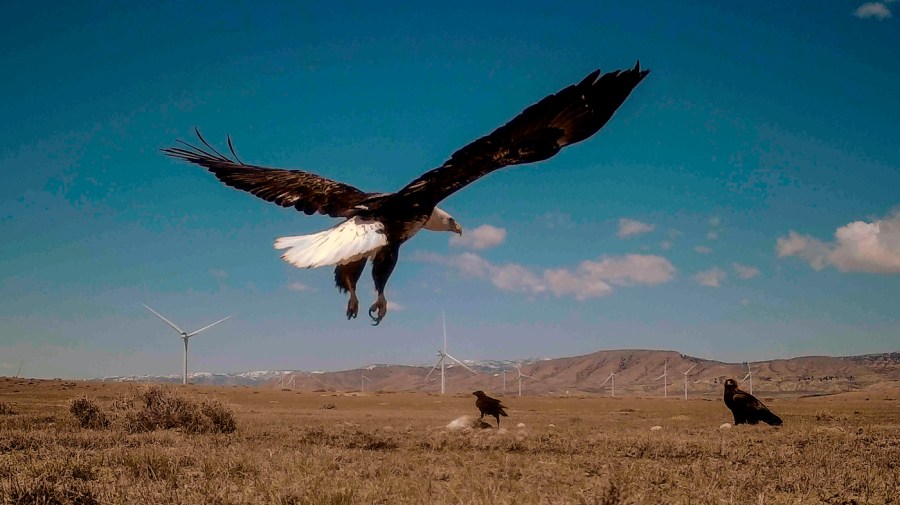The 2024 eagle permitting regulation, introduced under the administration of President Joe Biden, has attracted significant criticism for its perceived failure to protect eagle populations in the United States. Environmental advocates argue that the regulation allows wind energy projects to operate without facing repercussions for eagle fatalities, raising concerns about the long-term viability of these birds.
The regulation, set to take effect in the coming months, permits wind energy projects to unintentionally kill eagles during their operations. Critics, including the National Audubon Society, contend that this policy undermines conservation efforts. According to their analysis, the rules do not incorporate adequate measures to mitigate the impact on eagle populations or promote effective habitat conservation.
Concerns Over Conservation and Compliance
While the Biden administration has championed renewable energy sources to combat climate change, the implications of the eagle permitting regulation are causing a divide among environmentalists. The U.S. Fish and Wildlife Service claims the regulation is designed to balance the growth of renewable energy with wildlife protection. Nevertheless, many experts argue that it prioritizes energy production over the safeguarding of vulnerable species.
Data from the National Audubon Society indicates that eagle mortality rates have already been rising due to wind energy developments. The group estimates that thousands of eagles could be affected if current policies remain unchanged. They assert that allowing wind projects to operate without consequences endangers not only eagles but also the ecological balance within their habitats.
Implications for Future Energy Policies
The backlash against the regulation highlights the complexities of transitioning to renewable energy while ensuring wildlife protection. Advocates for eagles are calling for a reevaluation of the policies to ensure that wind energy projects contribute positively to both energy needs and conservation goals. They emphasize that effective regulations should include strict compliance measures and penalties for projects that fail to protect eagles.
As the conversation around the regulation develops, it remains crucial for policymakers to consider the broader implications of their energy strategies. Balancing economic growth with environmental stewardship will be essential to maintaining biodiversity and meeting sustainability targets. The ongoing debate over the eagle permitting regulation serves as a reminder of the challenges that arise in the intersection of energy production and wildlife conservation.
In conclusion, the future of eagles in the United States hangs in the balance as stakeholders evaluate the impacts of the 2024 eagle permitting regulation. Without significant amendments to increase protections, critics fear that the policy may lead to further declines in eagle populations, undermining both conservation efforts and public trust in environmental governance.
